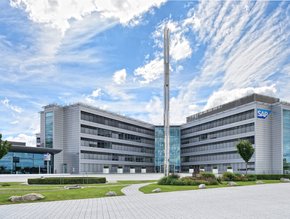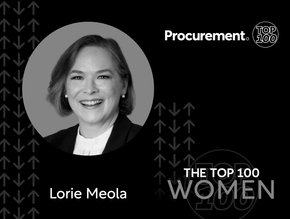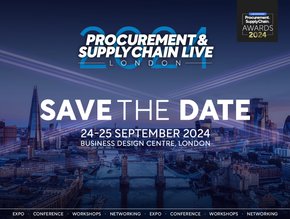Supply Chain resilience is a choice: The Aramco effect
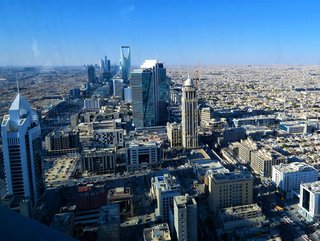
The COVID-19 pandemic tested our resilience in many ways. The American Psychological Association (APA) defines resilience as the process and outcome of successfully adapting to difficult or challenging life experiences, especially through mental, emotional, and behavioural flexibility and adjustment to external and internal demands. “It’s your ability to withstand adversity and bounce back and grow despite life’s downturns,” says Amit Sood, MD, executive director of the Global Center for Resiliency and Well-Being and creator of the Resilient Option program.
How different is supply-chain resilience from human resilience? Supply-chain resilience had often implied effectively managing supply risks. It now covers the ability to confront and overcome threats to one’s supply chains and then be in a better position. In material science, resilience is the ability of a material that was deformed, to recover back to its original shape. Similarly, resilience in the corporate world is the ability of a company or supply chain to “bounce back” from a catastrophe/disruption and return to normal operations levels.
Dr. Yossi Sheffi, a professor at the Massachusetts Institute of Technology, and author of The Resilient Enterprise: Overcoming Vulnerability for Competitive Advantage, highlights three main ways companies can develop resilience:
- Increasing redundancy
- Building flexibility, and
- Cultivating an empowering culture
Aramco’s supply chains have proven to be highly resilient, weathering multiple factors and proving to be capable of returning to normal operations.
Aramco traces its beginnings to 1933, when a Concession Agreement was signed between Saudi Arabia and the Standard Oil Company of California (SOCAL).
After surveying the Saudi desert for oil, drilling began in 1935. During the following years, attempts were made with little to show; executives sought advice from their chief geologist Max Steineke, who advised to “keep on drilling.”
In 1938, the foundation of future prosperity was realised with commercial oil production from Dammam No. 7 or “Prosperity Well.” To ensure Aramco drilling operation in 1938 required extensive planning and coordination considering there was no basic infrastructure, equipment manufacturing, or services baseline established in Saudi Arabia.
All material and services sourcing requirements to meet operations plans were made with providers outside of Saudi Arabia. The rapid expansion starting in the 1940s until today required Aramco to maintain redundancy in the operation to manage the long lead times for materials and services due to not having a robust local oil and gas supply chain.
In 1949, Aramco was producing 500M barrels per day (bpd), today the maximum sustainable production capacity is 12 MM bpd. To support one well or hundreds, required a supply chain based on redundancy.
The foundation for Aramco’s redundancy strategy is based on three core pillars:
- A local manufacturing base
- Multi-geography sourcing, and
- A strategic inventory management strategy
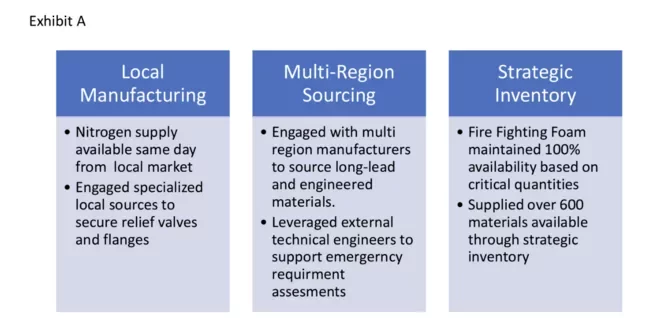
In September 2019, just prior to COVID pandemic, Abqaiq and Khurais producing plants were hit by drone attacks cutting production by 5.7MM barrels.
Following the attacks Aramco restored production levels within 11 days, demonstrating its long-standing reputation for reliability. The recovery was supported by a resilient supply chain based on the three core pillars.
Exhibit A outlines some of the key procurement actions to expedite recovery for both the Abqaiq and Khurais plants.
After recovering from the attacks, the COVID 19 pandemic started in early 2020 resulting in major impacts to global supply chains. Aramco was once again faced with another incident. The global supply chains were restricted to either having no available capacity, regional lockdowns, or suppliers facing financial distress.
Aramco’s strategic inventory for critical commodities and inventory management with local suppliers resulted in minimal impact on Aramco’s operations for global supply chain distribution.
A study conducted by Boston Consulting Group (BCG) assessing Aramco supply chain resilience during the pandemic showed Aramco was more effective than its peer group of NOCs and O&G Majors.
The assessment focused on 4 key areas, and 11 sub-groups.
The 4 key areas included:
- Demand assessment
- Risk monitoring
- Risk mitigation, and
- Opportunity capture
The outcome of the assessment is outlined in Exhibit B, showing Aramco is best in class for 7 of the 11 sub-groups; with minor gaps in the remaining 4 areas. As a result, Saudi Aramco's P&SCM organisation managed to overcome challenges brought on by the pandemic based on having redundancy and flexibility combined with culture, focused on being resilient.
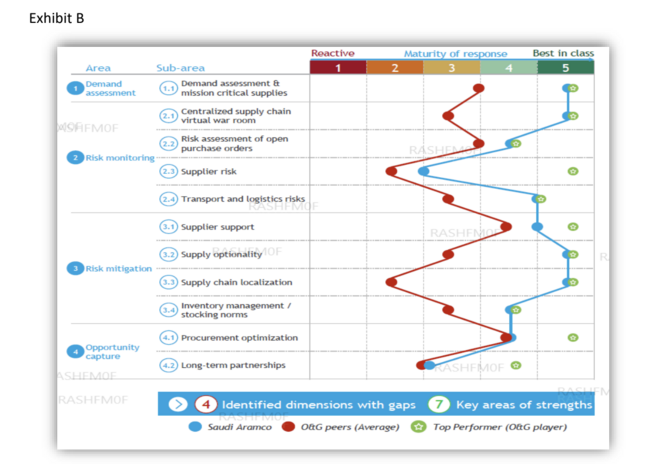
For the 4 of 11 sub-groups with gaps, the key takeaways to reaching best in class performance requires below key actions to achieve even higher supply chain resilience:
- Conducting a comprehensive risk assessment and monitoring of suppliers financial, strategic and technological risks
- Incentivising performance for service contracts to ensure alignment of contract goals, resulting in better quality of service and mutual trust with suppliers
- Conducting market research to identify and evaluate partnership opportunities to reduce risks
- Driving sustainability along the supply chain including assessing suppliers ensuring alignment
The other critical enabler for achieving high supply-chain resilience has been the Aramco In Kingdom Total Value Add (iktva) program that was launched at the end of 2015. The program was designed to drive supply-chain efficiency and value across Aramco’s operations by developing a diverse, sustainable and globally-competitive oil and gas supply chain within the Kingdom.
Since the launch, iktva has added over US$130bn (SR 488 million) to Saudi Arabia’s GDP. The iktva program continues to accelerate economic growth, enhancing the value of Aramco’s supply chains.
By the end of 2022, Aramco and iktva achieved a total of 63% in local content efforts, an increase from 35% in 2015; the target is to reach 70% by 2025 as highlighted by Senior Vice President of Procurement and Supply Chain Management, Mohammad Al Shammary.
Having an established and rooted local supply chain increases reliability and efficiency. The iktva program has built a resilient Aramco supply chain, having weathered terrorist attacks and a global pandemic.
Going forward, other focus areas to strengthen the resiliency of the supply chain operations include leveraging technology to establish end-to-end visibility driving further insights with tier 1 and 2 suppliers, maintaining strong networks locally and globally increasing transparency with the supply base, developing long term partnerships including acquisitions, focusing on innovation, operational efficiency, and extending strategic objectives (eg localisation, sustainability) across the supply chain network.
These are just a few focus areas for continuous improvement in developing a more resilient supply chain.
Supply chain resilience is a critical factor for businesses to succeed in today's dynamic and unpredictable marketplace. Resilience is not an inherent trait of supply chains; it is a choice that companies must make.
Businesses need to invest in creating a resilient supply chain by developing strategies that focus on risk management, agility, and flexibility.
They must proactively assess potential risks and threats, and develop contingency plans to mitigate them. Furthermore, organisations must recognise that achieving resilience is an ongoing process that requires long-term commitment. It involves continuous monitoring, assessing, and updating of plans and procedures to ensure that they remain relevant and effective.
For Aramco, building a resilient supply chain was a strategic imperative rather than a cost centre.
The benefits of a resilient supply chain are significant and has led to competitive advantages by enabling Aramco's operations to respond quickly and effectively to disruptions, minimise losses, and maintaining a reliable supply of energy.
In conclusion, being resilient is a choice that businesses must make. Companies that prioritise building a resilient supply chain will be better equipped to navigate the challenges and uncertainties of today's business environment, maintaining their competitiveness, and ensuring their long-term success.

